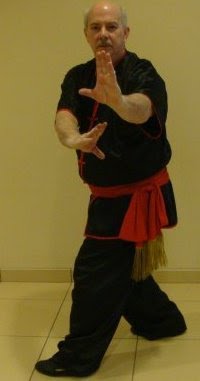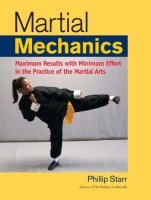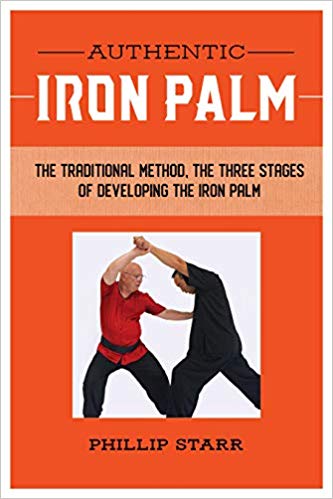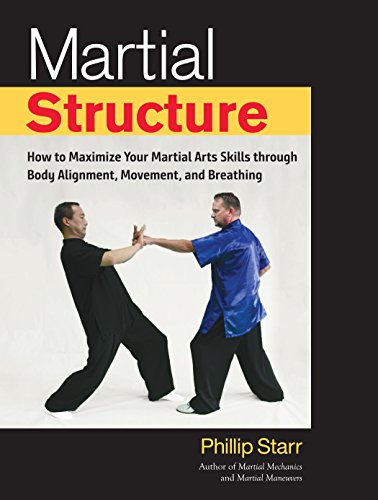by
Phillip Starr
I'll
bet I studied something in elementary school that the rest of you
didn't (except for some of the oldsters out there). And what
might that be?
Penmanship.
Really.
We actually had inkwells built into our desks and used pens with
removable heads which you dipped into the ink! After class, we
had to wash off the inkpen heads and remove them from the stem (of
the pen). It was just about one klik up from using the old
featherpens of the 19th century.
As
lousy as my memory tends to be, I clearly remember those boring
classes. We had lined paper which featured a thick, solid line
and then a dotted line...then a solid line, then a dotted line...all
the way down. Upper-case (capital) letters had to touch the top
and bottom of the solid lines while the lower case letters touched
only the top of the dotted line.
We'd
practice just making loops and circles and wavy lines...I thought I
had it down pat, but the teacher was always at my side telling me
that it was terribly sloppy and to start again. I remember
getting really frustrated. Then she demonstrated what she meant
and her circle and whirls were flawless. Really smooth and
beautiful. So I did my best to imitate that. We practiced
how to hold the pen correctly between the thumb and forefinger with
the shaft resting on the side of the middle finger. It had to
rest at a specific angle. They were very persnickety about all
of this business. And when you finished a few loops, you had to
learn how to soak up the excess ink with a "blotter."
Eventually,
we got around to writing individual letters. They had to be
just so. The loops, dots, and crosses had to be just right and
pleasant to look at. We practiced every day. For two
years. Later, if you wrote something and the teacher didn't
like the handwriting, he'd give it back to you and tell you to do it
over! It didn't matter if the material was correct or not, if
it looked even mildly sloppy, you'd get to do it again.
Recently,
I watched as a local police officer (a good friend of mine) wrote out
an incident report. I could barely make out his writing.
It was tiny and the letters weren't clearly formed. I suppose
you notice junk like this as you get older. I never used to pay
much attention to it... So I teased him about it and he made
reference to my personal hygiene and ancestry.
Later,
I wrote a check at one of the registers in a department store.
The young lady looked at the writing and remarked, "What pretty
handwriting! I've never seen a man write like that."
Actually, I thought it was kind of sloppy, but compared to my police
officer friend, it was a work of art.
I
have my paternal grandmother's high school autograph book.
Seriously. Some of the poems and autographs in it are dated
back as far as 1867. What is most incredible is the
magnificently beautiful handwriting in it. Even the boys had
beautiful writing and many must have used broad-tipped pens.
You
don't see writing like that anymore. It was just too much extra
work, I suppose and nobody saw a need for anyone to have to learn
it. And that's my point.
The
martial arts is exactly the same thing. We used to do our best
to imitate our teacher's flawless movements. A lot of martial
arts don't do that anymore; they have a kind of 1970's "do your
own thing" sort of approach...which doesn't work. Your
"own thing" will likely be wrong. Stick to the things
that have been proven to work over time. It may be boring,
tedious work, but it's worth it.
I
have to admire the systems that adhered so closely to their teacher's
movements that they even imitated little quirks. The founder of
Isshin-ryu, Tatsuo Shimabuku, had a crippled leg due to his getting
rickets when he was very young. He could never execute a proper
kick with it (I think it was his right leg). He made a kind of
little short, jerking kick with it because that was the best he could
do. His American students (who didn't speak much Japanese or
Okinawan dialect) imitated it perfectly. To this day, their
kick(s) in certain kata are done just as he did them...but the kicks
made with the other leg are different because his left leg hadn't
been so severely crippled.
Another
Okinawan karate master (Asano, I think), had had beriberi when he was
a youth. He couldn't completely straighten his fingers.
When he formed a shuto (knife-hand), his little and ring fingers bent
inwards considerably. Consequently, his students imitated that
form and it has been carried through to this day. The karate
styles which descended from his teachings all
use the same form of shuto.
Many
years ago, one of my own students noticed that the forefinger of my
right hand did not flex fully when I made a fist. It remained
nearly straight at the first knuckle. Knowing that some
Okinawan karate styles use a similar form of fist, he figured that
that was what I was doing...and he formed his fists in the same
manner. I didn't notice it for years and then when I saw it, I
asked WTH he was doing making a geeky-looking fist like that.
He told me that he was making his fist in the same manner as I formed
mine. I had to laugh and I told him that when I was young, the
flexor tendon of my right forefinger (first knuckle) had been severed
and I couldn't bend it! That was why I formed a fist the way I
do. But I have to give him credit; he was watching very closely
for the little things that might make a difference. Like how to
make a smooth and beautiful loop with an old inkpen.
The
old and beautiful form of handwriting that existed only four or five
decades ago is now gone. Think about that. People didn't
see the need for it and stopped practicing and teaching it. Now
it's gone.
Let's
not let that happen to the real martial arts. It doesn't take
long for things in this world to disappear forever. Keep
practicing those loops and learning how to correctly dot your i's and
cross your t's.














